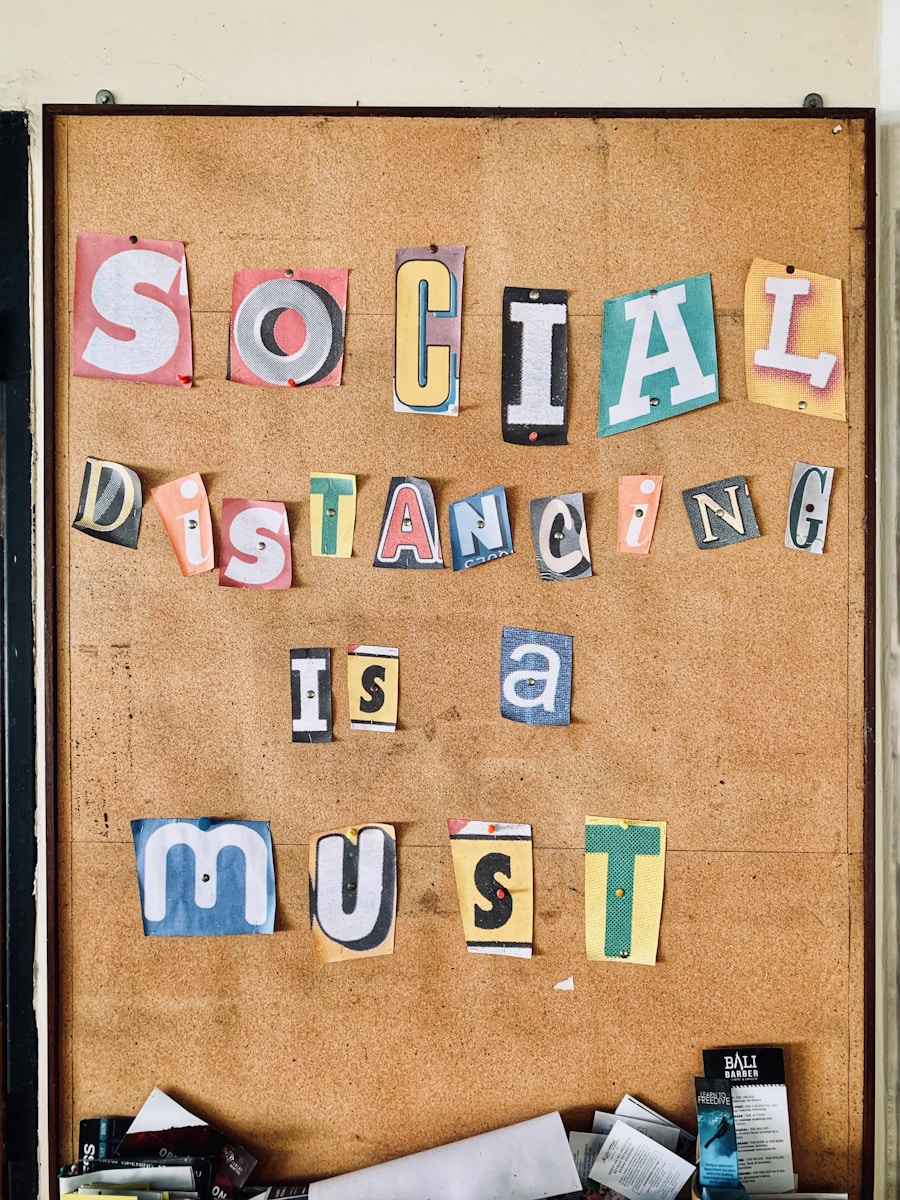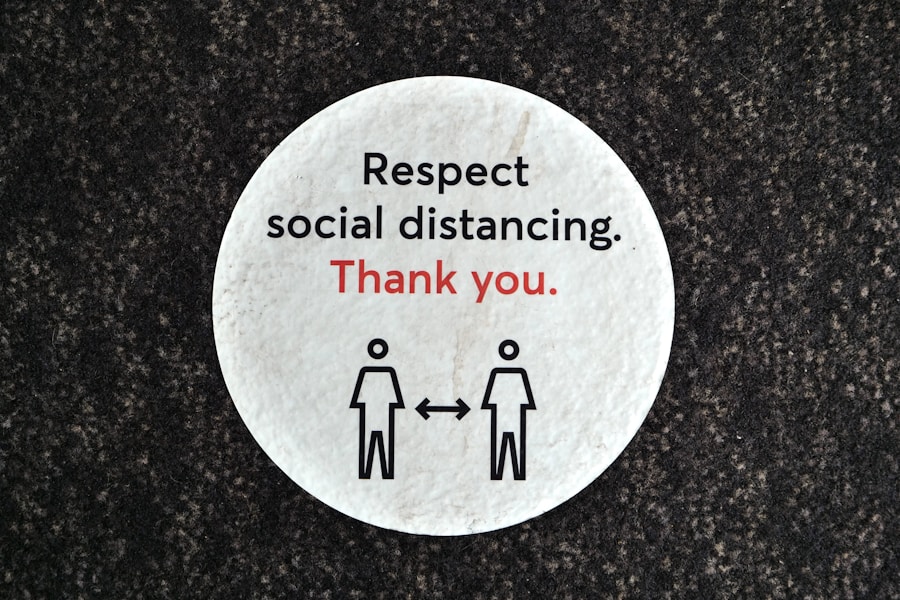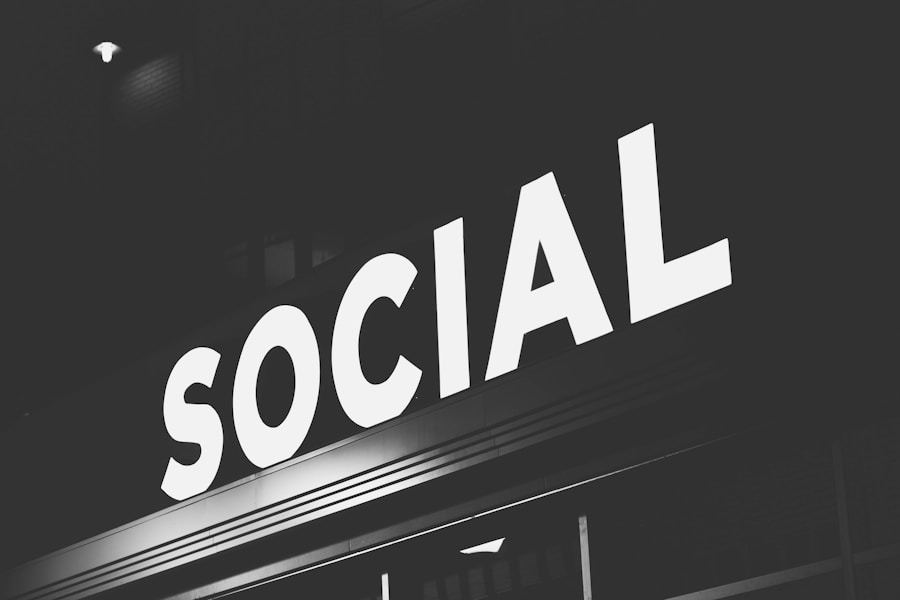Social structures are the intricate frameworks that shape the relationships and interactions among individuals within a society. These structures are not merely abstract concepts; they manifest in various forms, including institutions, organizations, and social norms that govern behavior.
For instance, in a family unit, roles such as parent, child, or sibling come with specific expectations and responsibilities that guide interactions. Similarly, in a workplace, roles like manager or employee establish a hierarchy that influences communication and decision-making processes. Moreover, social structures are dynamic and can evolve over time due to various factors such as cultural shifts, economic changes, and technological advancements.
The interplay between individual agency and structural constraints is crucial in understanding how societies function. While individuals possess the capacity to make choices, their options are often limited by the existing social structures. For example, a person may aspire to pursue higher education, but their ability to do so can be significantly affected by socioeconomic status, access to resources, and prevailing cultural attitudes toward education.
This complex relationship between agency and structure is fundamental to sociological inquiry, as it helps to elucidate the mechanisms through which societies maintain order and facilitate change.
Key Takeaways
- Social structures shape our interactions and relationships within society.
- Social inequality and stratification create divisions and disparities within society.
- Social institutions play a crucial role in maintaining social order and stability.
- Social change and movements drive progress and transformation within society.
- Technology has a significant impact on how we communicate and interact with others in society.
- Socialization and identity formation are essential processes in shaping individuals within society.
- Globalization has far-reaching effects on societies around the world.
- Social movements and collective behavior can bring about significant changes in society.
Social Inequality and Stratification
Understanding Social Stratification
The stratification system can be understood through various models, including the caste system, class system, and meritocracy. In a caste system, for instance, individuals are born into specific social groups that determine their social standing for life, with little to no mobility between classes. Conversely, a class system allows for more fluidity based on individual achievements and economic success.
The Implications of Social Inequality
The implications of social inequality are profound and far-reaching. Research has shown that societies with high levels of inequality often experience increased rates of crime, poor health outcomes, and diminished social cohesion. For example, in the United States, the widening income gap has been linked to a host of social issues, including reduced access to quality education and healthcare for lower-income families. Furthermore, systemic inequalities can perpetuate cycles of poverty and disadvantage across generations.
Intersectionality and Compounded Disadvantages
The intersectionality of various forms of inequality—such as race and gender—further complicates the landscape of social stratification. Women of color, for instance, often face compounded disadvantages that limit their access to opportunities compared to their white male counterparts.
The Role of Social Institutions

Social institutions are established systems and structures that fulfill essential functions within a society. These institutions—such as family, education, religion, economy, and government—serve as the backbone of social order by providing frameworks for behavior and interaction. Each institution plays a unique role in shaping individual experiences and societal norms.
The family unit is often considered the primary social institution where individuals first learn values, norms, and social skills. It is within this context that children develop their initial understanding of relationships and societal expectations. Education serves as another critical institution that not only imparts knowledge but also reinforces social stratification.
Schools are often seen as gateways to opportunity; however, they can also perpetuate existing inequalities through disparities in funding and resources. For instance, public schools in affluent neighborhoods typically have access to better facilities and experienced teachers compared to those in low-income areas. This educational divide can have lasting effects on students’ future prospects and social mobility.
Similarly, religious institutions provide moral guidance and community support but can also reinforce social norms that may contribute to inequality or discrimination.
Social Change and Movements
| Country | Number of Social Movements | Number of Participants |
|---|---|---|
| United States | Over 10,000 | Millions |
| Brazil | Around 5,000 | Hundreds of Thousands |
| India | Over 15,000 | Millions |
| South Africa | Around 3,000 | Tens of Thousands |
Social change refers to significant alterations over time in societal norms, values, behaviors, or structures. This change can occur gradually or through more abrupt transformations driven by collective action or movements. Social movements are organized efforts by groups of people to promote or resist change in society.
Historical examples include the civil rights movement in the United States during the 1960s, which sought to dismantle systemic racism and promote equality for African Americans. This movement was characterized by mass protests, legal challenges, and grassroots organizing that ultimately led to significant legislative changes. The dynamics of social movements are influenced by various factors including political context, cultural attitudes, and technological advancements.
For instance, the rise of social media has transformed how movements organize and mobilize supporters. The Arab Spring is a notable example where platforms like Twitter and Facebook played crucial roles in facilitating communication among activists and disseminating information rapidly across borders. However, while technology can empower movements, it can also be used by authorities to suppress dissent through surveillance or misinformation campaigns.
The Impact of Technology on Social Interactions
The advent of technology has profoundly reshaped social interactions in contemporary society. From the rise of the internet to the proliferation of smartphones, technology has altered how individuals communicate, form relationships, and engage with one another. Online platforms such as social media have created new avenues for connection but have also introduced complexities regarding privacy and authenticity.
For example, while individuals can maintain long-distance friendships through platforms like Instagram or Facebook, these interactions may lack the depth of face-to-face communication. Moreover, technology has influenced societal norms around communication styles and expectations. The immediacy of digital communication has led to changes in language use and etiquette; for instance, abbreviations like “LOL” or emojis have become commonplace in everyday conversations.
However, this shift raises questions about the impact on interpersonal skills and emotional intelligence among younger generations who may rely heavily on digital interactions rather than in-person engagement. Additionally, technology has contributed to the phenomenon of echo chambers where individuals are exposed primarily to viewpoints that align with their own beliefs, potentially exacerbating polarization within society.
Socialization and Identity Formation

The Role of Peers in Shaping Identity
For instance, peer groups become particularly influential during adolescence when individuals seek acceptance and validation from their peers. Identity formation is a complex interplay between personal experiences and societal expectations.
Factors Influencing Self-Perception
Factors such as race, gender, socioeconomic status, and cultural background significantly influence how individuals perceive themselves and how they are perceived by others.
Intersectionality and Multiple Identities
The concept of intersectionality highlights that individuals may experience multiple identities simultaneously—each contributing to their overall sense of self. For example, a Black woman may navigate her identity through the lenses of both race and gender, facing unique challenges that differ from those experienced by her white female counterparts or Black male peers.
Globalization and its Effects on Society
Globalization refers to the increasing interconnectedness of societies through trade, communication, technology, and cultural exchange. This phenomenon has profound implications for local cultures and economies as global influences permeate everyday life. On one hand, globalization can lead to economic growth and access to diverse cultural products; for instance, consumers today can enjoy cuisine from around the world or access international films with ease.
However, this interconnectedness can also result in cultural homogenization where local traditions and practices may be overshadowed by dominant global cultures. The economic aspects of globalization have led to significant changes in labor markets worldwide. While globalization can create job opportunities in developing countries through foreign investment or outsourcing practices, it can also lead to job displacement in more developed nations as companies seek cheaper labor abroad.
The rise of multinational corporations exemplifies this trend; these entities often prioritize profit maximization over local community welfare or environmental sustainability. As a result, debates surrounding fair trade practices and ethical consumption have gained prominence as consumers become more aware of the implications of their purchasing decisions on global economies.
Social Movements and Collective Behavior
Social movements are collective efforts aimed at promoting or resisting change within society. They often arise in response to perceived injustices or inequalities and mobilize individuals around shared goals or grievances. Collective behavior refers to spontaneous actions taken by groups in response to specific events or situations; this can include protests, riots, or demonstrations that reflect collective sentiments about social issues.
One notable example of collective behavior is the Women’s March that took place in January 2017 following the inauguration of President Donald Trump in the United States. This event drew millions of participants advocating for women’s rights and social justice issues globally.
The march exemplified how collective action can galvanize diverse groups around common causes while highlighting the power of grassroots organizing in effecting change. Additionally, movements like Black Lives Matter have utilized both traditional forms of protest as well as digital activism to raise awareness about systemic racism and police violence against Black individuals. In conclusion, understanding social structures requires an examination of the intricate relationships between individuals and institutions within society.
Social inequality highlights disparities that persist across various dimensions while social institutions provide frameworks for behavior that shape individual experiences. Social change is often driven by movements that challenge existing norms while technology continues to redefine how we interact with one another. Socialization plays a critical role in identity formation amidst globalization’s complex effects on local cultures and economies.
Finally, social movements exemplify collective behavior’s power in advocating for change within society.
One interesting article related to social sociology is “Exploring the Intersection of Ethnography and Filmmaking: Capturing Culture in Visual Form” which delves into the use of visual media to study and represent different cultures. This article discusses how ethnography and filmmaking can work together to provide a deeper understanding of societal norms, behaviors, and interactions. To read more about this fascinating topic, check out the article






















+ There are no comments
Add yours